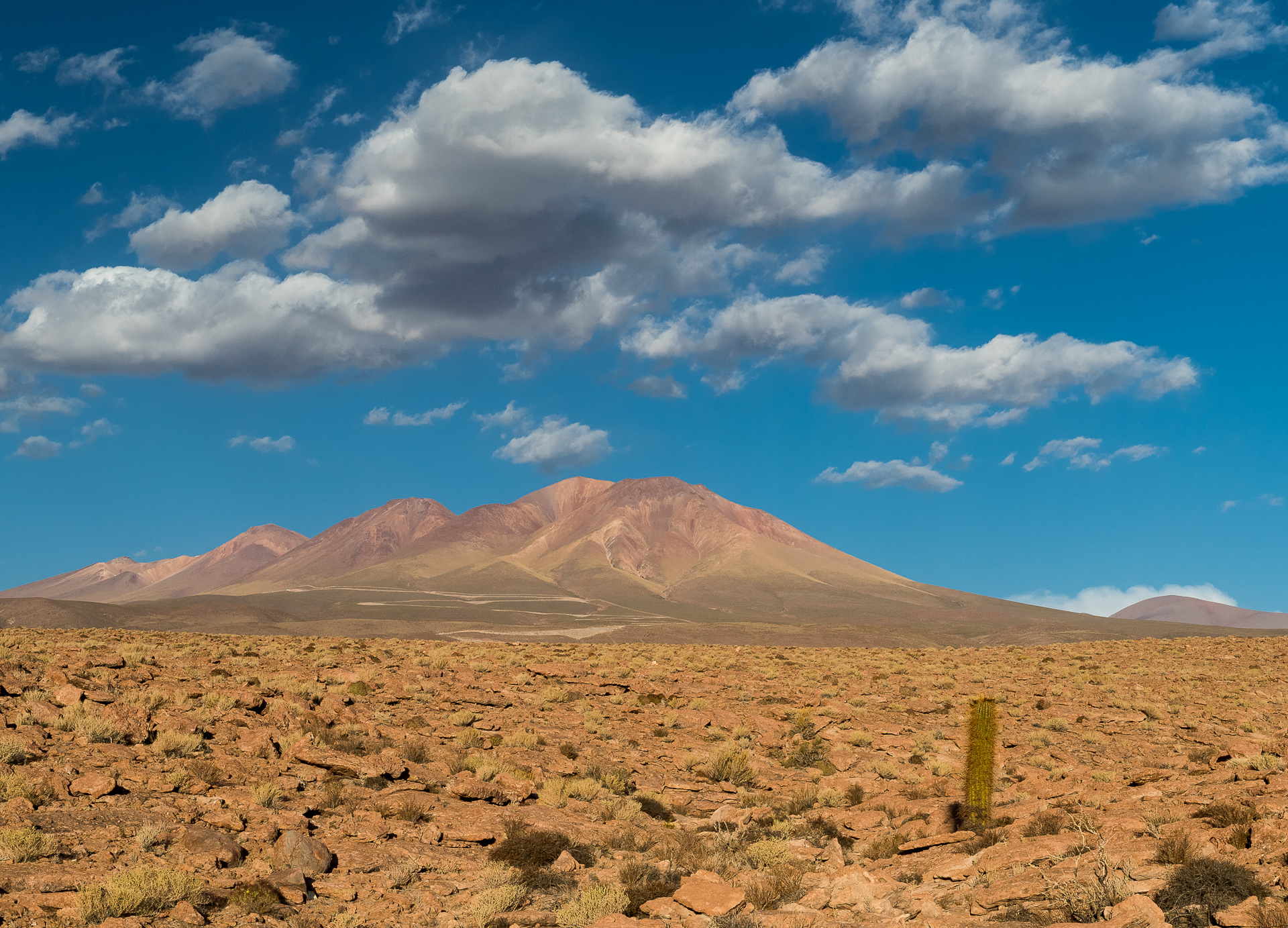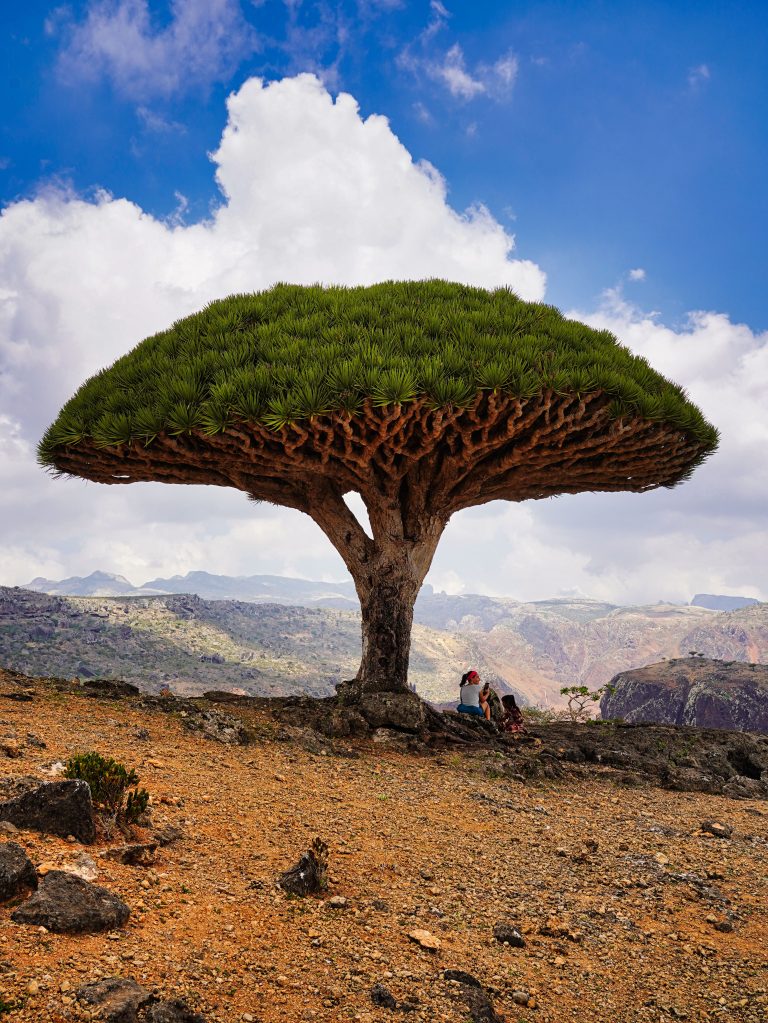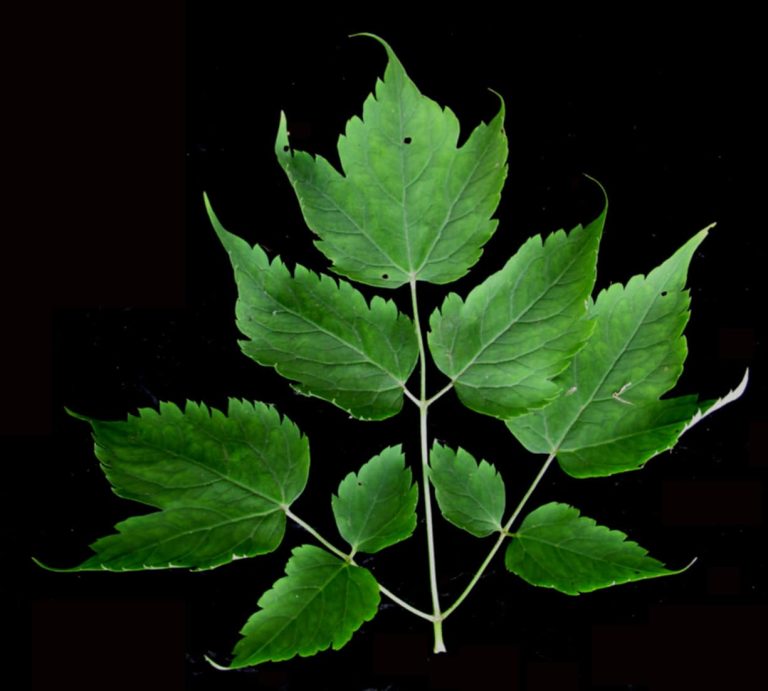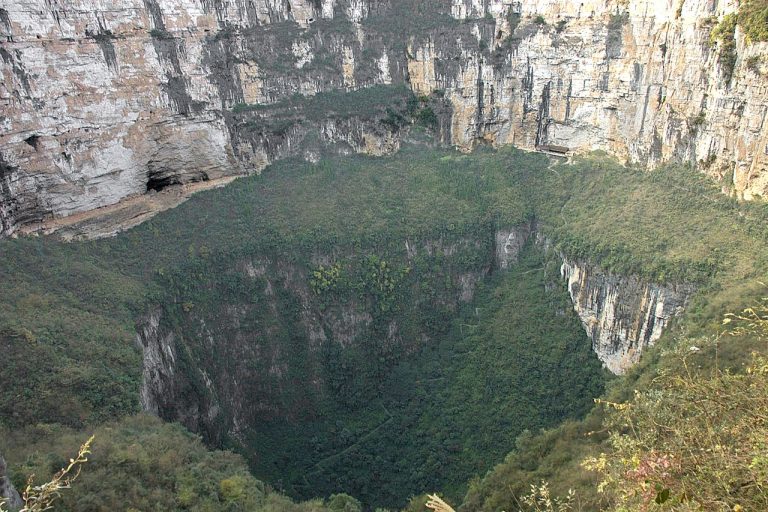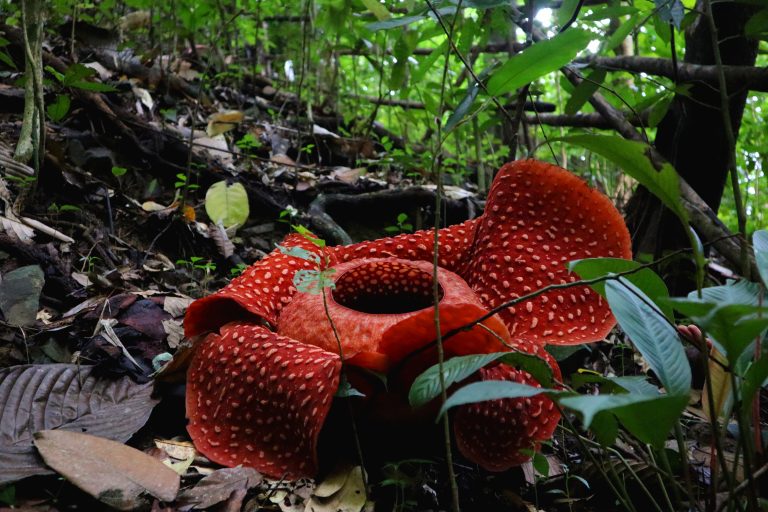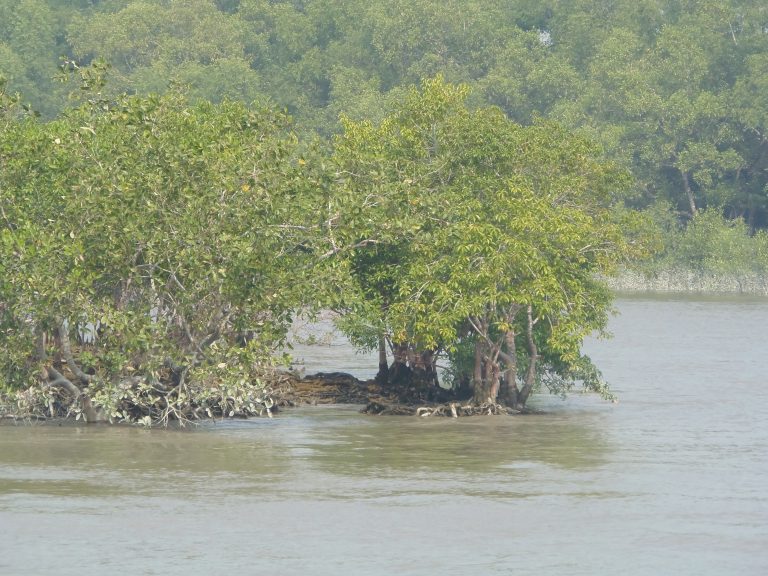Discover the Atacama: the World’s Most Arid Non-Polar Desert
The Atacama Desert, considered the driest non-polar desert in the world, is a natural wonder that attracts travelers, scientists, and adventurers.
Located in northern Chile, it’s not just a barren landscape of sand and rock, but a rich ecosystem with unique plants and animals, beautiful night skies, and a climate that is both harsh and fascinating.
Where is the Atacama Desert?
The Atacama Desert is located in the northern part of Chile and stretches for approximately 1,600 kilometers (994 miles) along the Pacific coast, at an altitude averaging over 2,500 meters (8,200 feet) above sea level.
It is bordered by the Andes Mountains to the east and the Pacific Ocean to the west. This particular geographical position results in a rain shadow effect that contributes to the desert’s arid conditions.
Geographical Coordinates and Neighboring Landmarks
The Atacama Desert stretches from the Peruvian border in the north to the Copiapó River in the south, between the 18° and 32° south latitudes.
The Andes Mountains, the Chilean Coast Range, and several cities like Antofagasta and Calama are among its neighboring landmarks.
The Unique Climate of the Atacama Desert
The Atacama Desert’s climate is one of the most extreme on Earth, and several factors contribute to that extremity.
What Makes the Atacama Desert’s Climate Special
The Atacama Desert’s extreme dryness is due to several key factors arising from its unique location, being nestled between the Andes and the Pacific Ocean at a high altitude.
First, the Andes Mountains block the moist airflow from the Amazon Basin, creating a rain shadow effect that results in minimal rainfall in the region.
Also, the cold Humboldt Current along the Pacific coast prevents moisture from the ocean from evaporating and reaching the land, further contributing to the desert’s aridity.
Finally, the high altitude of the Atacama Desert aggravates its dry and cold conditions, as higher elevations typically experience lower temperatures and atmospheric pressure.
Impact of Atakama’s Climate on its Ecosystem and Human Activities
The climate significantly affects both the ecosystem and human activities in the Atacama Desert.
It has resulted in a unique array of flora and fauna species adapted to the extreme aridity of the desert.
For humans, the climate demands careful planning and preparation for travel and habitation.
Weather in the Atacama Desert
The main characteristics of the weather in the Atacama Desert are its extreme aridity and unique seasonal patterns.
Seasonal Weather Patterns in the Atacama Desert
The Atacama Desert has distinct seasonal weather patterns, and that influences the best times to visit.
From September to April is the dry season. The skies are clear, and the rainfall is minimal during that time, so it’s the ideal time for visiting.
During these months, visitors can enjoy pleasant temperatures and explore the desert’s stunning landscapes without being interrupted by rain.
The wet season is from May to August, although rainfall is rare. Some areas may have brief periods of rain during this time, but it’s not frequent and usually does not last long.
The average temperatures in the Atacama Desert vary significantly throughout the year.
The warmest months are from December to February, when daytime temperatures can reach around 25°C (77°F) to 30°C (86°F).
July is the coolest month, with average daytime temperatures dropping to about 20°C (68°F).
Generally, daily temperature averages range from 15°C (59°F) at night to around 23°C (73°F) during the day.
The desert experiences significant temperature fluctuations, with nighttime temperatures often falling below zero in winter(June-August).
Flora and Fauna of the Atacama Desert
Despite its harsh conditions, the Atacama Desert is home to a variety of uniquely adapted wildlife.
Animals in the Atacama Desert: Unique Fauna
One notable animal species that inhabit Atakama is the Andean fox (Lycalopex culpaeus), a small and adaptable animal that thrives in the desert environment.
This fox has evolved to hunt and scavenge for food, making the most of the limited resources available.
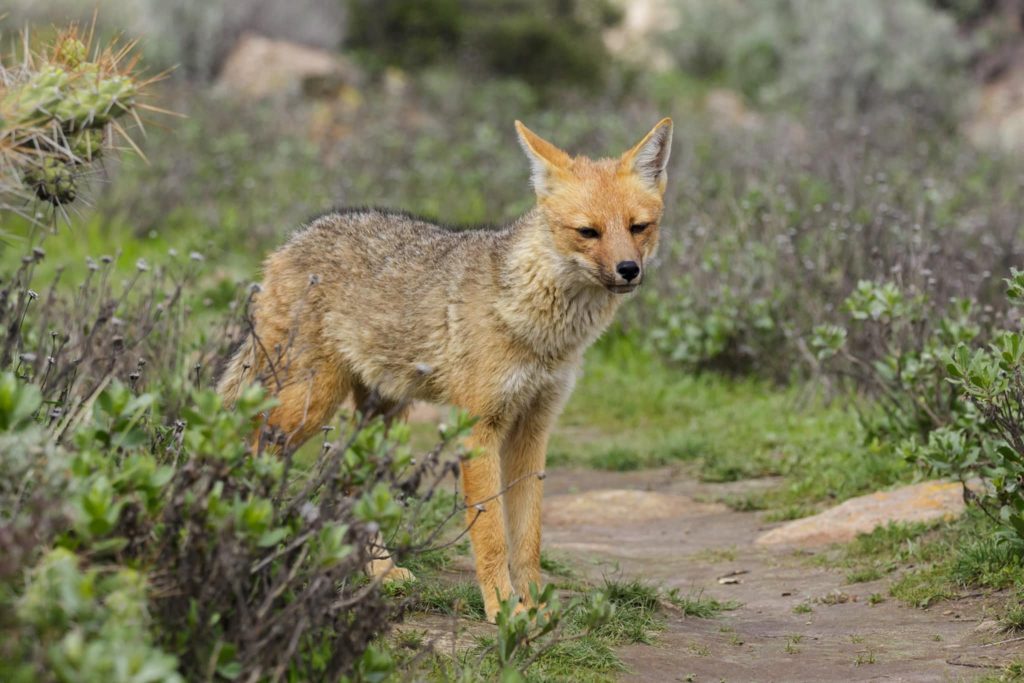
Another unique inhabitant is the southern viscacha (Lagidium viscacia), a rodent that looks like a cross between a rabbit and a squirrel.

It conserves water by absorbing maximum amounts of moisture from its plant-based diets through its specially adapted digestive tract, being active mostly at night, insulating against temperatures with its thick fur without losing bodily fluids, and taking shelter under rocky crevices in the daytime.
Darwin’s leaf-eared mouse (Phyllotis darwini) is another tenent of the desert. It survives by feeding on seeds and fruits that contain lots of moisture.
Birdlife in the Atacama is diverse, too, with species such as Andean condor (Vultur gryphus) and Chilean flamingo (Phoenicopterus chilensis).

These birds have adapted to the desert’s conditions by relying on specific food sources; for example, flamingos feed on algae found in salt flats, using their specialized beaks to filter food from the water.
Overall, the wildlife in the Atacama Desert shows incredible adaptations that allow these species to survive the extreme aridity and temperature fluctuations.
Plant Diversity of the Atakama Desert
The Atacama Desert hosts around 550 plant species too, with over 60% of them endemic.
These flora thrive mainly in coastal fog oases and mesic valleys, where moisture from fog and rare rainfall supports various shrubs and herbaceous plants.
The llareta (Azorella compacta), a cushion plant that grows slowly and can live for thousands of years, and the candelabra cactus (Echinopsis chiloensis), known for its tall, branching structure, are some noteworthy examples.
The diversity of these plants is influenced by elevation and microclimates, resulting in different vegetation zones.
There are drought-resistant plant species like tamarugo (Prosopis tamarugo) at lower elevations, and higher altitudes support more diverse plant communities, such as bromeliads and various grasses.
Conservation Efforts for Atacama Desert Wildlife
Several organizations and national parks are working to protect the Atacama Desert’s unique wildlife.
The Los Flamencos National Reserve, for example, is dedicated to preserving the habitat of flamingos and other bird species.
Atacama Desert Night Sky and Stargazing
The Atacama Desert is well-known for its incredible night sky, making it an ideal destination for stargazers and astronomers.
Its clear and stable skies, together with its low light pollution, make it one of the best places in the world for stargazing.
The dry air reduces atmospheric distortion, allowing sharper and clearer views of the stars.
Atacama Desert Stargazing: Best Spots and Tips
One of the notable sites for watching the night sky is the ALMA Observatory. Even though not open to the public, it is a significant astronomical facility.
In the nearby town of San Pedro de Atacama, many tour operators offer stargazing tours with expert guidance.
For the best stargazing experience, it’s essential to go prepared. The nights in the Atacama can be very cold, so bringing warm clothing is advisable.
Also, binoculars or telescopes can greatly improve your view of celestial objects, showing details the naked eye can not.
Visiting the Atacama Desert
Visiting the Atacama Desert can be an exciting adventure, with many tour options and interesting destinations.
Popular Tourist Destinations in the Atacama Desert
San Pedro de Atacama, a small town, serves as the main hub for tourists visiting the Atacama Desert.
With a rich history of over 3000 years and numerous archeological sites, it’s known as the archaeological capital of Chile.
It has a variety of accommodations, restaurants, and tour operators catering to visitors.
Just outside of the town is the Salar de Atacama, a vast salt flat that hosts various species of flamingos and other wildlife.
Geysers del Tatio is another popular attraction. It’s a geothermal field with over 80 active geysers.
The geysers are most active and visually impressive at dawn, so that’s the best time to see them.
There’s also the Valle de la Luna, a moon-like landscape with stunning sunsets, an ideal destination for those who love breathtaking views.
How to Plan A Trip to the Atacama Desert
There are several factors to consider when planning a trip to the Atacama Desert.
The best time to visit is from September to April when the weather is clearer and drier.
The desert can be reached by flying into Calama Airport and then taking a bus or taxi to San Pedro de Atacama, the main hub for tourists.
There’s a range of accommodation options available, including hotels, hostels, and eco-lodges in San Pedro.
Guided tours are advisable too, and they provide a safe way to explore the desert with insights into its unique features.
Conclusion
The Atacama Desert, the world’s driest non-polar desert located in northern Chile, has an extremely arid climate and significant temperature fluctuations due to its unique geographical position.
Despite these harsh conditions, it supports many uniquely adapted animals and over 550 mostly endemic plant species.
Well-known for its stunning night skies, the Atacama is an ideal destination for stargazing.
Visitors can explore many archeological sites, uniquely beautiful landscapes, and geophysical features upon visiting this marvel of nature.

